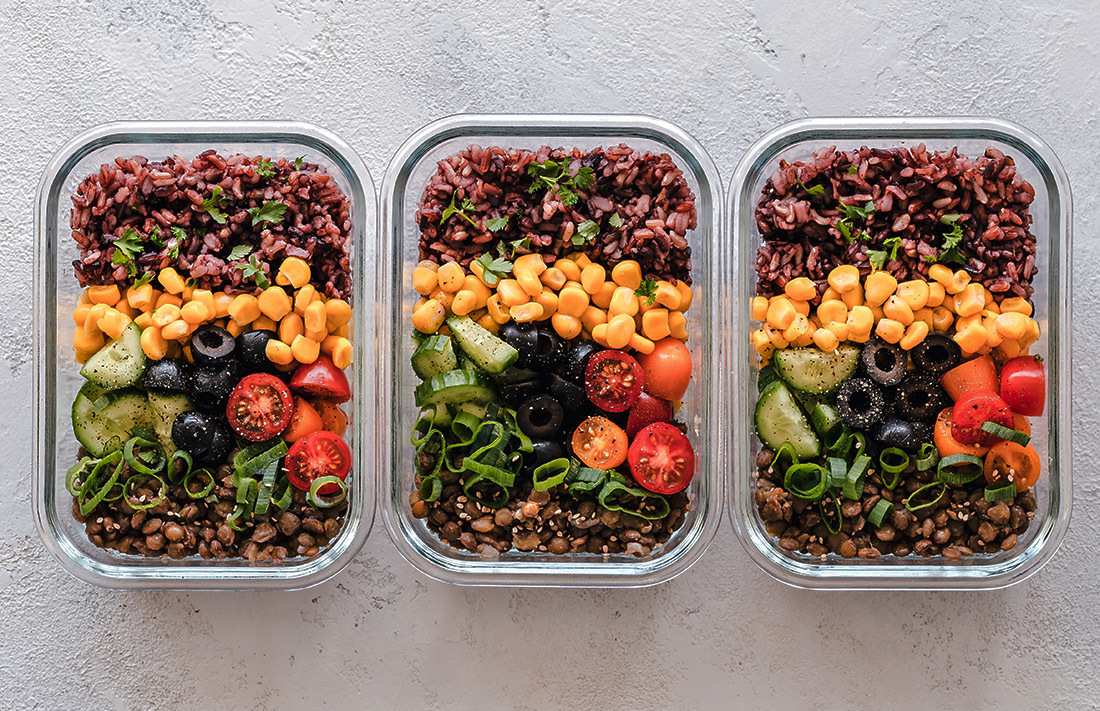
Managing Chronic Pain Levels
Lifestyle choices you can make to help you manage your symptoms.
In the UK alone, it is thought that nearly 28 million people are living with some chronic pain. Chronic pain is categorized as persistent pain that doesn't respond to treatment and lasts longer than twelve weeks.
When your body indicates something is wrong. Usually, medications or treatment plans will help to resolve the pain. After a recovery period, you regain your full health, and the problems are gone. However, there is no release from the pain with chronic pain, regardless of trying to ease it or stop it.
Many different musculoskeletal conditions can result in high pain levels for many people, including Fibromyalgia, Lupus, arthritis, and more. Chronic pain can also be a result of other conditions, illnesses or health complications.
While treatment plans and medication options can differ from patient to patient, there are some lifestyle choices you can make to help you manage your symptoms and live your life despite your condition.
Chiropractic Care

In chiropractic treatment, a chiropractor utilizes their hands to assist in reducing pain and discomfort in the bones, muscles, and joints of the patient's body.
It is classified as complementary and alternative medicine (CAM), which indicates that it is not a mainstream medical treatment.
Chiropractic care is popular for people giving with many health conditions, but it can be especially effective for;
- Back pain
- Neck pain
- Osteoarthritis pain
- Hip pain
- Elbow pain
- Shoulder pain and more
Acupuncture
Acupuncture is a type of treatment that has its origins in ancient Chinese medicine. For therapeutic or preventive purposes, tiny needles are implanted at specific locations on the body.
It is used in many NHS general practices and in the majority of pain clinics and hospices in the United Kingdom.
Like chiropractic care, acupuncture is frequently referred to as a supplemental or alternative medicine practice (CAM).
Stay Active

Being active means different things to different people, and not everyone can exercise or be as mobile as they would like due to pain. This means that advising people to stay active can be a catch 22 situation.
However, if you are able, exercise such as yoga, swimming, walking, pilates, aqua aerobics or using an exercise bike can help you stay mobile and active.
The key is to do it a little bit frequently. Avoid intense activity on high pain days and do what you can manage when you feel up to it. If you push yourself too hard, you may have the opposite effect, and the goal is to be able to find an activity level you can sustain, whether this is a 15-minute walk 4 days a week. Or an hour in the pool doing an aerobics class twice a week. Listen to your body and do what you feel you can.
Physical Therapy
Your doctor may recommend that you undergo physical therapy. Pain specialists frequently recommend physical therapy as a short-term solution.
This allows you to move more freely, alleviates your discomfort, and makes daily jobs and activities such as walking, climbing stairs, and getting in and out of bed simpler.
Pain-relieving activities, stretching exercises, and manipulation can all be used to treat chronic back discomfort and neck pain. Physical therapy is typically provided by a physiotherapist, chiropractor, or osteopath, except in select circumstances where an occupational therapist may be involved.
Physiotherapists can guide you on the most appropriate types of exercise and activity for your specific needs and circumstances. Occupational therapists can assist you in making improvements to your work environment that will allow you to stay in your job and function better at home.
You should begin to see the benefits of physical therapy after a few sessions, even if you aren't doing it regularly.
Dietary Changes

The jury is still out on whether or not cutting out food groups or ingredients can help you to improve your health. Most of the information is purely anecdotal. However, there are emerging studies on the benefits of moving to a more plant-based diet to help reduce inflammation, thus reducing pain. Or avoiding nightshade vegetables such as tomatoes or peppers and potatoes.
Cutting down on alcohol will help you improve your health, and increasing heart-healthy foods such as leafy green vegetables, berries, avocados, and fish can benefit your overall health.
In conclusion, there isn't a magical cure for chronic pain, and in reality, it will mean adjusting your lifestyle gradually bit by bit to find the right choices that work for you. Chronic pain can not only have an impact on your physical health, but the constant pain can affect you mentally too. Discuss your options with your GP if you feel your mental health is struggling under the weight of your pain levels.











